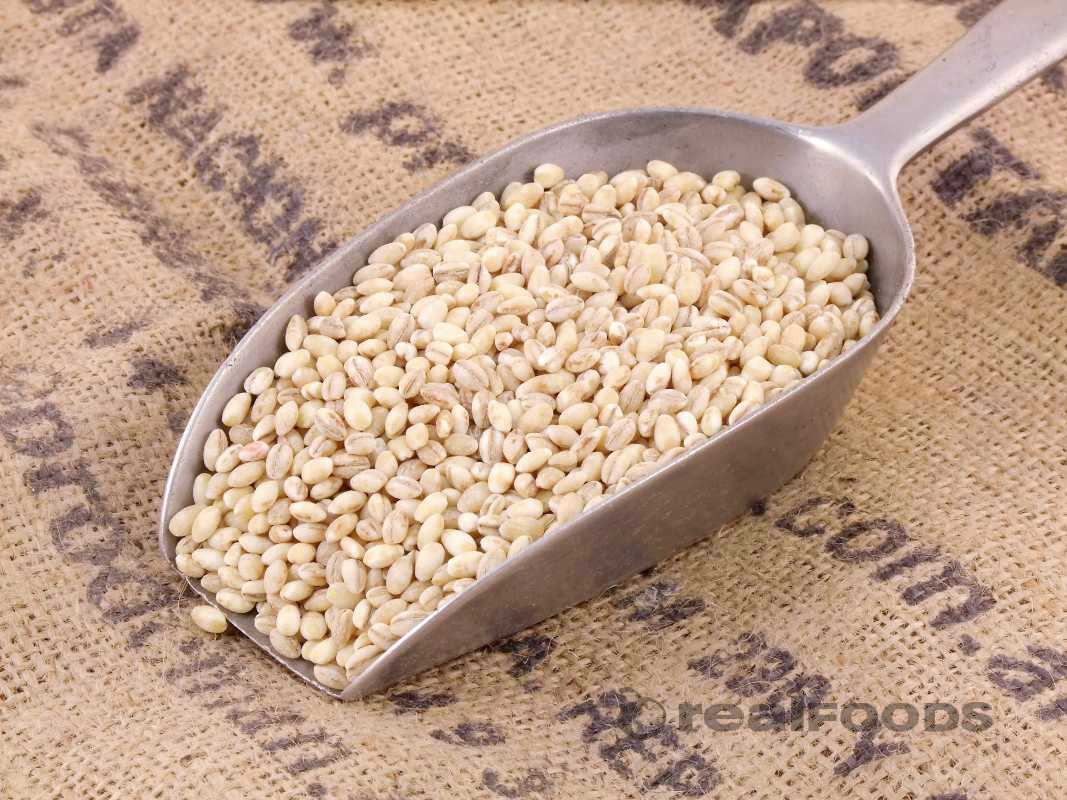Whole grains are a wonderful way to help improve your health, which is why so many people have chosen to include them in their diets. But there are plenty of questions about whole grains, especially from those who have trouble with their digestive systems. Barley is a very important grain that is often included in diet plans, but is barley gluten free? For those who are not tolerant of gluten, barley might be a problem in their diet.
Is Barley Gluten Free?
 Unfortunately for those who are gluten-intolerant, barley is not gluten free. In fact, it is one of the three major grains that contain gluten. Foods made with barley will almost always contain gluten, and that means that those with celiac disease or other gluten intolerance must steer clear of this particular food.
Unfortunately for those who are gluten-intolerant, barley is not gluten free. In fact, it is one of the three major grains that contain gluten. Foods made with barley will almost always contain gluten, and that means that those with celiac disease or other gluten intolerance must steer clear of this particular food.
The list of foods to avoid might be longer than you think. Barley is found in beers, malted milk, barley flour, barley pearls (used in soups) and even in malted milk candies and cookies. Barley grass might not contain gluten, but sometimes it does – so it pays to avoid it altogether if you have a gluten allergy.
What Is Gluten?
In addition to wondering, “Is barley gluten free,” you might also wonder what gluten is. Gluten is actually a scientific term that refers to the combination of certain proteins that are found in wheat. It is also used as a generic term to refer to certain grains found in cereals and the like. Gluten can be found in many places that you might not expect, but is always found in wheat, barley, rye, spelt, bulgur, semolina and pumpernickel, as well as some others. Any foods that are made with any of these might have gluten in them.
Symptoms of Gluten Intolerance
Some people can handle gluten just fine, while others have serious reactions to it. Still others have mild reactions, to a point where they might not know for sure if they are allergic to gluten, or if the problem is indicated by something else in their diet.
Gluten intolerance often shows up with warning signs, including diarrhea, flatulence, uncomfortable stools, weight loss, malnutrition, and gas problems. Long-term damage might go so far as intestinal scarring, problems with digestion and not enough nutrients in your body.
Some people see subtle signs, most of which include inflammation and other issues that could always be attributed to something else. Some of these possible signs include aching joints, depression or anxiety, headaches, chronic fatigue, cramps, tingling and numbness, skin rashes, bad dental health, asthma and allergies, certain food cravings and infertility problems.
A definitive test for gluten intolerance can be done by testing your blood for certain antibodies. An intestinal biopsy can also be performed. However, these tests might be inconclusive. Your doctor could diagnose a gluten allergy by simply taking gluten out of your diet to see if your symptoms improve or go away altogether.
Which Whole Grains Are Gluten Free and How to Cook Them?
Fortunately, there are grains out there that do not contain gluten. So now that you know the answer to “Is barley gluten free?” it’s time to focus on what you can use to substitute the barley in your diet.
1. Millet
This mild-flavored grain is about the size of a mustard seed. You can toast it in a pan to get a nuttier flavor, and then boil the millet for 30 to 45 minutes. Use two to three parts water for each one part millet for best results. You can use this as breakfast gruel, make a salad, or use it as an alternative to rice.
2. Teff
A very tiny grain, this has an earthy taste. When cooking, use one part teff to three parts water, and simmer for only about 20 minutes. This has a texture like Cream of Wheat, so is often used for soups or polenta. You can also use it to make delicious pancakes.
3. Amaranth
This unique grain looks like a poppy seed. Use up to six parts water to one part amaranth, depending upon how strong you like the peppery taste. Remember that this thickens the liquid as it cooks, so don’t be too stingy with the water! It can be used for soups, as breakfast gruel, or dried into a granola bar.
4. Buckwheat
This grain might also be known as groats or kasha. Cook this with one cup of buckwheat mixed with one egg until the mixture is dry, then add two cups of water and cook until the grain is soft. You can use the flour to make pancakes, or you can blend the gruel mixture with numerous other foods, such as lentils and herbs.
5. Quinoa
Rinse this very well before using to remove the bitter taste; use two parts water to one part quinoa in order to make the right texture. It takes 15 minutes to cook, so it makes for a fast meal. You can use this as a substitute for rice in rice pudding, or combine it with other foods to create unique dishes.
